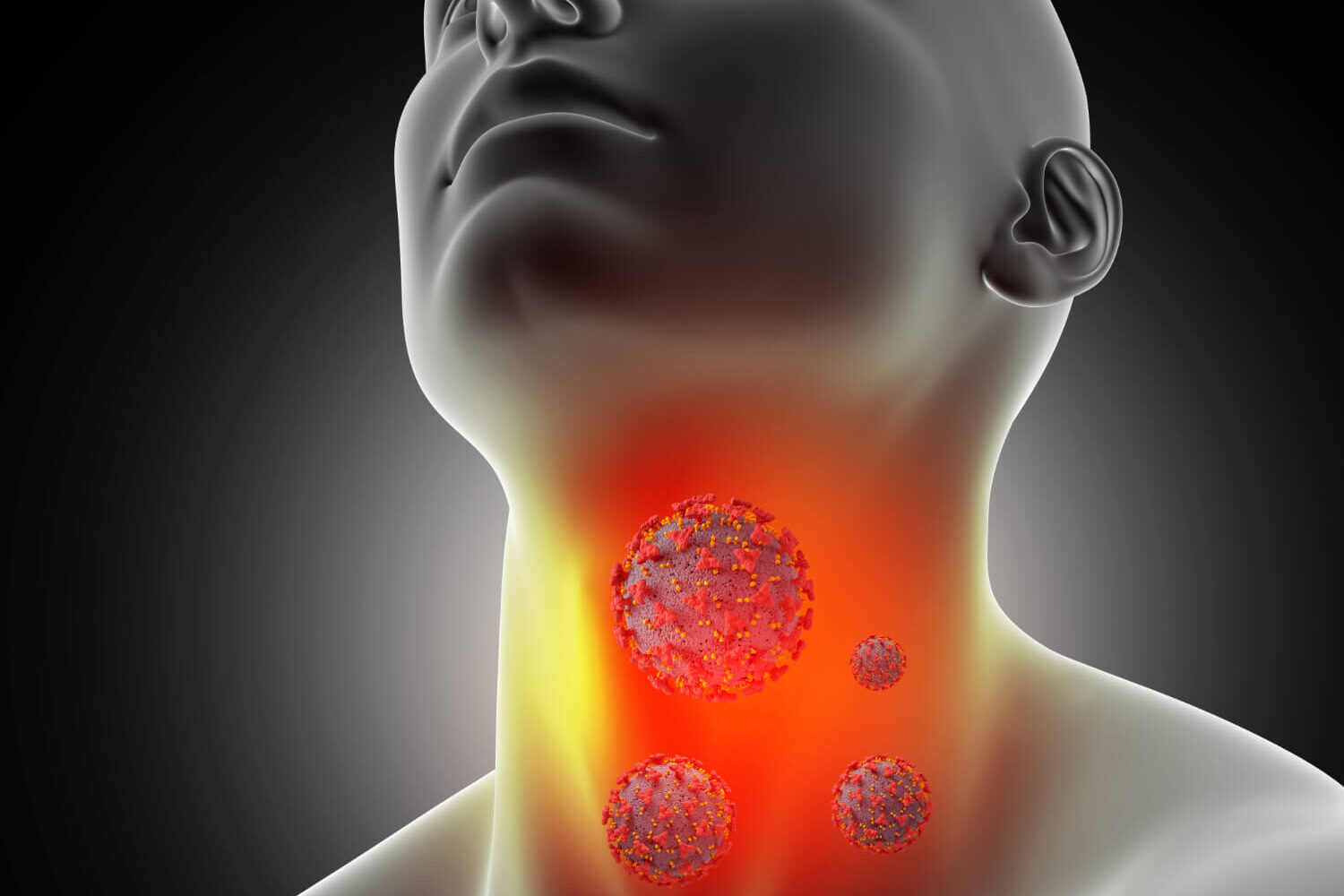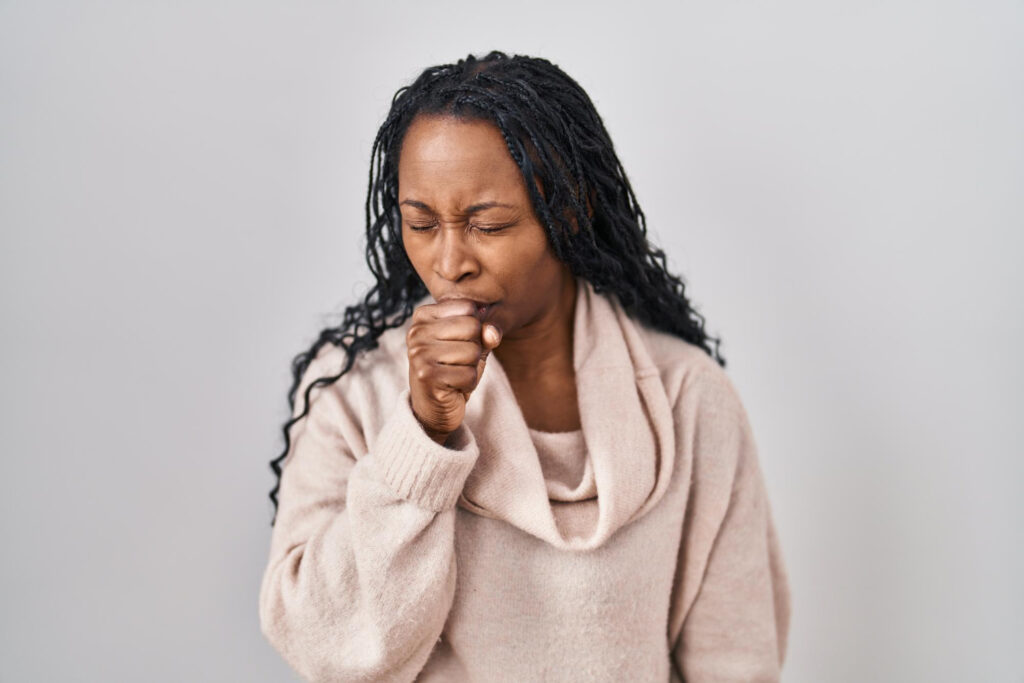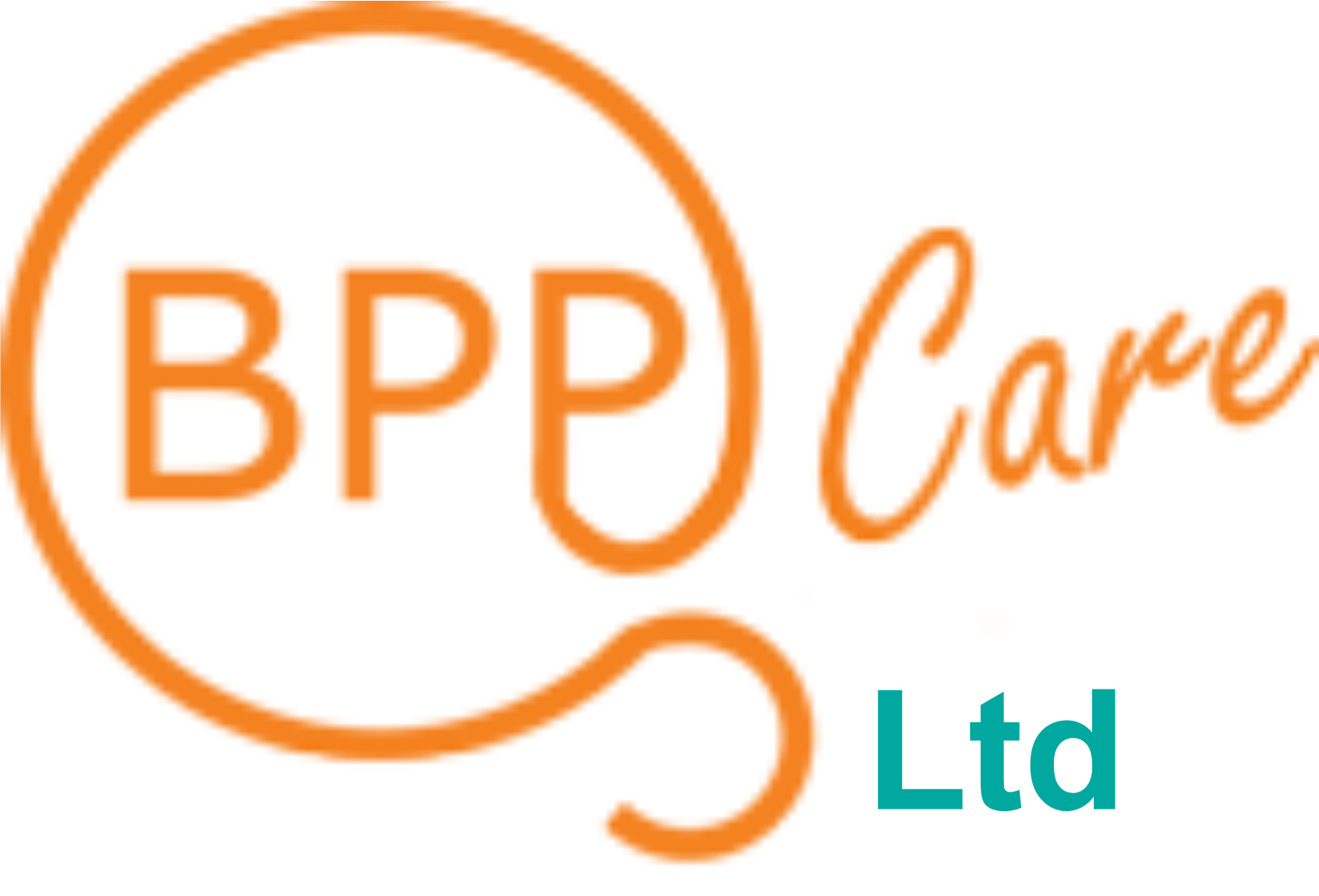
In the UK, silent reflux, also called laryngopharyngeal reflux (LPR) affects 1 in 5 adults, yet 76% remain undiagnosed for over a year, according to a 2023 NIH report.
Worse still, nearly half of sufferers are misdiagnosed with asthma or anxiety first.
What is Silent Reflux?
Unlike classic acid reflux (GERD), which announces itself with fiery heartburn, silent reflux operates like a throat ninja. Stomach acid creeps up into the larynx, voice box, and even nasal passages, causing inflammation without the usual burning clue.
The American Academy of Otolaryngology Head and Neck Surgery defines it as the backflow of stomach content into the larynx.
Why does it strike so quietly? The throat lacks the esophagus’s protective lining, so even small acid splashes trigger big symptoms. Yet left untreated, it can scar vocal cords, mimic asthma, and erode tooth enamel.
According to a study by Koufman involving 899 patients, throat clearing was observed in 87% of patients with LPR versus 3% of patients with GERD. Furthermore, only 20% of the patients with LPR reported heartburn or a burning sensation compared with 83% in the group with GERD.
Silent Reflux vs. GERD:The Difference
Silent reflux (LPR) and GERD are both caused by stomach acid, but they attack different areas. GERD burns the esophagus, causing heartburn and chest pain. Meanwhile, silent reflux targets the throat and voice box.
However, silent reflux rarely causes heartburn. Instead, it triggers throat-clearing, hoarseness, or a “lump” feeling. For example, GERD patients clutch their chests; LPR sufferers clear their throats.
Why the split? Acid in GERD is thick and stays low. In silent reflux, it’s a fine mist that sprays higher, irritating delicate tissues.
Here is the hack to identifying these symptoms: If your throat’s the battleground, not your chest, then it’s likely silent reflux.

Symptoms of Silent Reflux
Since silent reflux doesn’t cause the classic burning sensation of acid reflux, it’s easy to overlook.
However, it has several symptoms that can affect your throat, voice, and even breathing. Here are the most common ones:
- Chronic Cough: A persistent, dry cough that doesn’t go away, especially after eating or lying down.
- Hoarseness or Voice Changes: Your voice may sound rough, deeper, or strained due to irritation.
- Lump-in-the-Throat Sensation: Many people feel as if something is stuck in their throat, even when there’s nothing there.
- Sore Throat: Unlike a regular sore throat from a cold, this one lingers without other flu symptoms.
- Postnasal Drip: Excess mucus in the throat, leading to frequent throat clearing.
- Difficulty Swallowing: A feeling of tightness or discomfort when swallowing food or liquids.
- Wheezing or Breathing Issues: In some cases, acid irritation can make breathing feel restricted.
Silent reflux symptoms often mimic allergies or respiratory conditions, making diagnosis tricky. If these signs persist, a doctor can help determine the cause.
Causes and Triggers of LPR
If you’ve ever felt a scratchy throat or a constant need to clear it, silent reflux might be the reason. But what actually causes it?
Well, it happens when stomach acid flows back up into the throat due to a weak upper esophageal sphincter (UES).
Normally, this muscle keeps acid where it belongs, but when it relaxes too much, problems start.
Several factors can trigger or worsen silent reflux. Here are some common culprits:
- Diet Choices: Spicy foods, caffeine, alcohol, chocolate, and fatty meals can relax the UES and increase acid production.
- Eating Habits: Large meals, late-night snacking, or lying down too soon after eating can make reflux worse.
- Obesity: Extra weight, especially around the stomach, puts pressure on the abdomen, pushing acid upward.
- Smoking: Tobacco weakens the muscles that prevent acid from rising.
- Stress: High stress levels can lead to digestive issues, including increased stomach acid.
- Certain Medications like Some painkillers,and antidepressants.
LPR Treatment: How to Manage and Relieve Silent Reflux
If you’ve been struggling with silent reflux, the good news is that it’s treatable. With the right approach, whether medical treatment, lifestyle changes, or diet adjustment.
Silent Reflux Treatment
Doctors typically recommend a mix of medications and lifestyle changes to manage silent reflux.
Unlike GERD, silent reflux often requires a more tailored approach because it affects the throat rather than just the esophagus.
Common treatment options include:
- Proton Pump Inhibitors (PPIs): Medications like omeprazole reduce stomach acid, but they’re not always effective for LPR. Doctors may still prescribe them for short-term relief.
- H2 Blockers: Drugs like ranitidine or famotidine help decrease acid production.
- Alginate Therapy: Products like Gaviscon form a protective barrier to prevent acid from reaching the throat.
- Antacids: These provide quick relief but don’t address the root cause.
Lifestyle Changes to Reduce Silent Reflux
Since lifestyle habits play a big role in triggering silent reflux, small adjustments can make a huge difference. Here’s what helps:
- Eat smaller meals: Large meals put pressure on your stomach, increasing reflux risk.
- Avoid late-night eating: Give your stomach at least 3 hours to digest before lying down.
- Elevate your head while sleeping: Using a wedge pillow or raising the head of your bed can prevent acid from creeping up.
- Stay hydrated: Drinking plenty of water helps neutralize acid and clear out refluxed material from the throat.
- Quit smoking: Tobacco weakens the muscles that keep acid in the stomach.
- Manage stress: High stress can worsen reflux symptoms, so relaxation techniques like meditation and deep breathing can help.
Diet Options
What you eat can either trigger reflux or help soothe it. If you have LPR, sticking to a reflux-friendly diet can prevent irritation and promote healing.
Foods that help:
- Non-citrus fruits: Bananas, melons, and apples are gentle on the stomach.
- Vegetables: Leafy greens, broccoli, and cucumbers support digestion.
- Whole grains: Oats, brown rice, and quinoa help absorb excess acid.
- Lean proteins: Chicken, turkey, and fish are easier to digest.
- Alkaline foods: Foods like ginger, almonds, and celery can neutralize acid.
Foods to avoid:
- Spicy foods, fried foods, chocolate, caffeine, alcohol, tomatoes, and citrus fruits—all of these can relax the esophageal muscles and worsen reflux.
How to Cure Silent Reflux (LPR) Naturally
If you’re looking for a drug-free way to manage silent reflux, you’re not alone. Many people prefer natural remedies to ease symptoms and promote healing.
While lifestyle changes are key, certain natural approaches can help reduce acid exposure and support throat health.

1. Adjust Your Eating Habits
How and when you eat matters just as much as what you eat. To reduce reflux:
- Eat smaller, frequent meals – This prevents stomach overloading.
- Chew food slowly – Proper chewing aids digestion and reduces acid production.
- Avoid eating close to bedtime – Give your stomach 3 hours to digest before lying down.
2. Follow a Low-Acid Diet
Certain foods help soothe the throat and minimize acid reflux. Stick to:
- Alkaline foods – Bananas, melons, and cucumbers neutralize acidity.
- Ginger – A natural anti-inflammatory that helps with digestion.
- Oats and whole grains – These absorb stomach acid and prevent reflux.
- Herbal teas – Chamomile and licorice root tea can calm irritation.
Avoid trigger foods like citrus, tomatoes, caffeine, alcohol, and spicy dishes. Cleveland Clinic confirms that diet plays a major role in controlling silent reflux.
3. Improve Your Sleep Position
Lying flat makes it easier for acid to travel up. To prevent this:
- Sleep with your head elevated – Use a wedge pillow or raise the bed head by 6-8 inches.
- Sleep on your left side – This position helps keep acid in the stomach.
Research from Harvard Health shows that proper sleep posture reduces reflux episodes.
4. Stay Hydrated
Drinking plenty of water helps flush acid from the throat. Warm water with a teaspoon of honey can also soothe irritation.
5. Manage Stress Naturally
Stress can increase acid production, making reflux worse. Try:
- Deep breathing exercises
- Meditation
- Gentle yoga
Reducing stress has been shown to improve digestive health, according to Mayo Clinic.
FAQs
1. Can silent reflux cause bad breath?
Yes. The acid and mucus buildup in the throat can lead to bad breath, even if you maintain good oral hygiene.
2. Does silent reflux go away on its own?
Not usually. Without lifestyle changes or treatment, symptoms may persist or worsen over time.
3. Can silent reflux cause anxiety or stress?
Yes. The constant throat irritation and breathing issues can contribute to anxiety, especially if symptoms are misdiagnosed.
4. Is silent reflux more common at night?
Yes. Lying down makes it easier for stomach acid to reach the throat, worsening symptoms during sleep.
5. Can I drink coffee if I have silent reflux?
It’s best to avoid it. Caffeine can relax the esophageal muscles, making reflux worse. Herbal teas like chamomile are better alternatives
